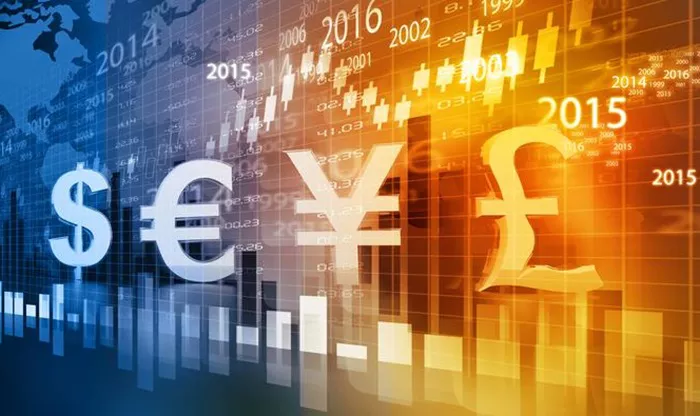USD stands for United States Dollar, the official currency of the United States of America. It is one of the most widely used and recognized currencies in the world, playing a crucial role in the global economy. Understanding USD is essential for anyone engaged in international trade, finance, or travel.
Historical Background of USD
The history of the United States Dollar dates back to the late 18th century. The USD was created by the Coinage Act of 1792, which established the dollar as the country’s standard unit of currency. The first dollar coins were issued in 1794, followed by paper money in 1861. Over the centuries, the USD has undergone several transformations, including the adoption of the gold standard and the establishment of the Federal Reserve System in 1913.
USD in Global Economy
The USD is a dominant currency in the global economy. It is often referred to as the world’s primary reserve currency, held by central banks and financial institutions worldwide. This status stems from the size and stability of the U.S. economy, the extensive use of USD in international trade, and its role in the global financial system. Commodities such as oil and gold are typically traded in USD, further solidifying its importance.
Exchange Rates and USD
Exchange rates are the value of one currency for the purpose of conversion to another. The USD exchange rate can fluctuate based on various factors, including economic indicators, political events, and market speculation. Understanding exchange rates is vital for businesses and individuals involved in international transactions. For example, when the USD appreciates against other currencies, it becomes more expensive for foreign buyers to purchase American goods, potentially impacting exports.
See also: How Much Is $34 Aud In USD?
USD and Inflation
Inflation refers to the rate at which the general level of prices for goods and services rises, eroding purchasing power. The USD’s value can be affected by inflation, which is measured by the Consumer Price Index (CPI) in the United States. The Federal Reserve, the U.S. central bank, aims to control inflation through monetary policy, adjusting interest rates to maintain price stability and support economic growth.
USD Denominations
The USD is available in various denominations, both in coins and paper notes. Coins include the penny (1 cent), nickel (5 cents), dime (10 cents), quarter (25 cents), half-dollar (50 cents), and dollar coins. Paper notes, often called bills, come in denominations of $1, $2, $5, $10, $20, $50, and $100. The designs on these bills feature prominent American figures and symbols, reflecting the country’s heritage and values.
USD and International Trade
The USD plays a pivotal role in international trade. Many countries prefer to conduct trade in USD due to its stability and widespread acceptance. This preference for USD in global transactions is known as “dollarization.” It provides a common ground for pricing goods and services, reducing the complexities associated with currency exchange and minimizing risks related to exchange rate volatility.
See also: How Much Usd Is 0.001 Bitcoin?
USD in Financial Markets
The USD is a key currency in the global financial markets. It is heavily traded in the foreign exchange (Forex) market, which is the largest and most liquid financial market in the world. The USD pairs with other major currencies, such as the euro (EUR), Japanese yen (JPY), British pound (GBP), and Swiss franc (CHF), dominate Forex trading. Additionally, the USD is crucial in the bond and equity markets, influencing global investment flows.
Impact of USD on Travel
For travelers, understanding the USD is essential for managing expenses and budgeting. When traveling to the United States, foreign visitors need to exchange their home currency for USD. Conversely, American travelers abroad must exchange USD for the local currency. Exchange rates can significantly impact the cost of travel, affecting everything from accommodation and dining to shopping and sightseeing.
Future of USD
The future of the USD remains a topic of interest and speculation among economists and policymakers. Factors such as technological advancements, changes in the global economic landscape, and shifts in monetary policy will influence the USD’s trajectory. While challenges exist, the USD’s resilience and adaptability have historically ensured its continued prominence in the global economy.
Conclusion
The United States Dollar (USD) is more than just a currency; it is a cornerstone of the global financial system. Its historical significance, role in international trade, and influence on financial markets underscore its importance. Whether you are a business professional, traveler, or simply someone interested in economics, understanding USD is crucial in navigating the complexities of the modern world.
Related Topics:

